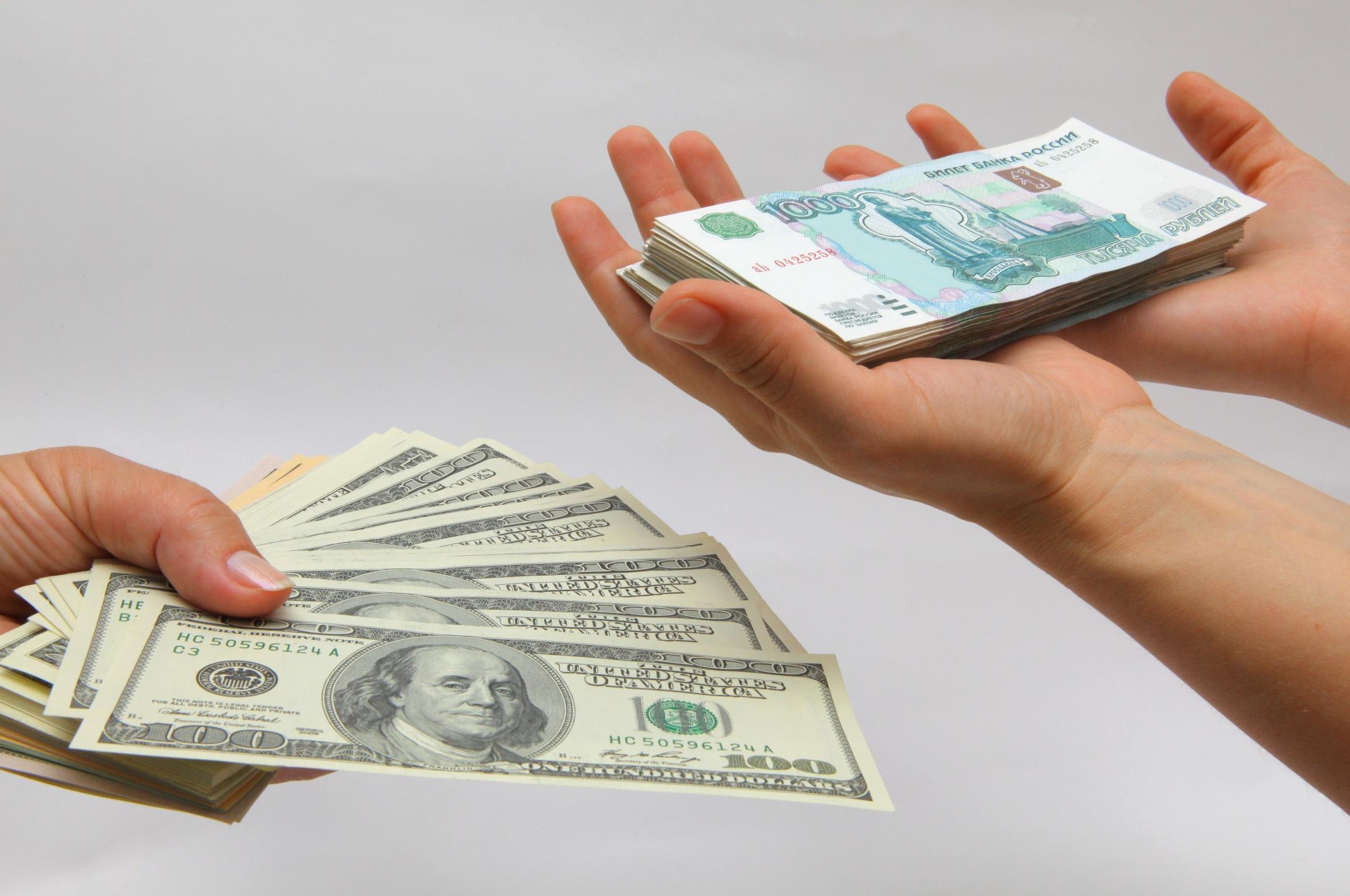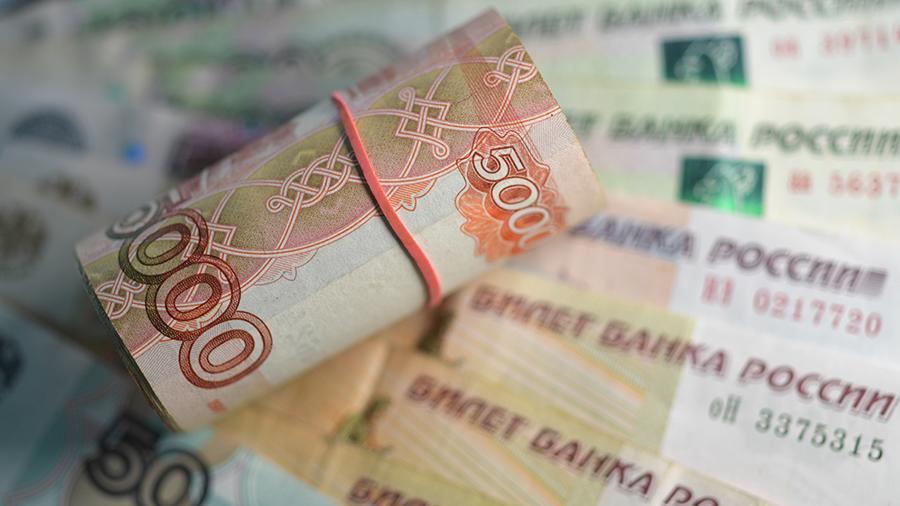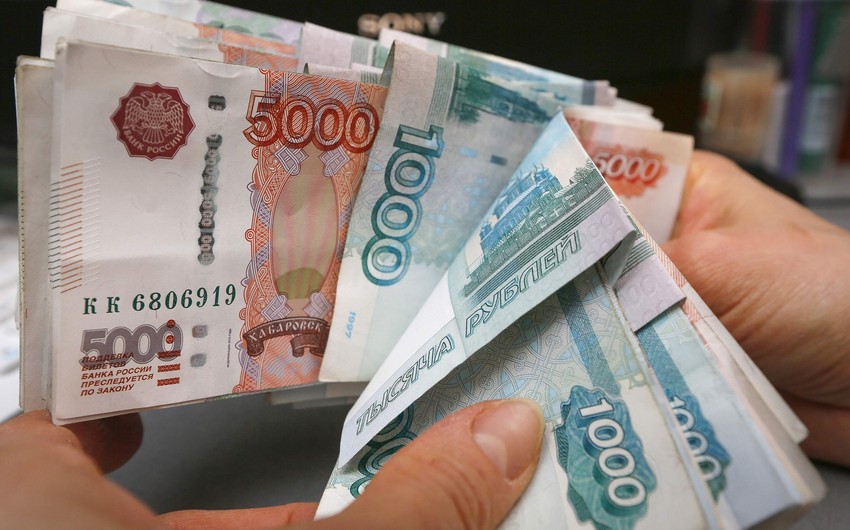In response to the war unleashed by Russia against Ukraine, the US and Western countries have imposed a number of restrictions on this country. Russia has faced sanctions before. But this time, the Russian economy has faced numerous restrictions that has no precedents in modern history.
As expected, the national currency received the first blow. The Russian economy is currently experiencing a devaluation shock. It is the depreciation of the ruble that affects the entire economy today. The government has already begun to implement preventive measures, using the tools of an administrative ban. Thus, the population is prohibited to withdraw more than $10,000 from foreign currency deposits. At the same time, legal entities and individual entrepreneurs will be able to receive $5,000 in cash only to cover travel expenses abroad.
Some 80% of the foreign currency received from exports is subject to mandatory sale. The ruble continues to depreciate, despite the measures taken by the Bank of Russia and the government to support the national currency. Thus, the US dollar exchange rate against the ruble has already strengthened by 60%. A similar trend is observed for the euro. The ruble is losing value even against the hryvnia. While earlier 1 hryvnia cost 2.7 rubles, now it reaches 4 rubles.

The sharp depreciation of the ruble led to a rise in the price of imports. Russia imports everything except raw materials. Some 30-70% of products manufactured in the leading sectors of the Russian economy depend on supplies from abroad. In the leading sectors of the Russian economy, 30-70% of output depends on supplies from abroad. Dependence on imports is most often observed in the production of computers and electronics, machines, mechanisms and vehicles. Dependence on imports is 40% in chemical industry and 30% in the food industry. The vast majority of these areas are under sanctions.
All this has affected the cost of products. So, for the first week of sanctions (from February 26 to March 4), prices for tomatoes increased by 7.67% (2.76% for the previous week), bananas - by 7.2% (2.8%), TVs - by 14.97% (4.08%), electric vacuum cleaners - by 14.56% (4.12%), smartphones - by 9.64% (3.82%), local cars (new) - by 17.09 % (0.01%), imported cars (new) - by 15.2% (0.15%).
Once the available resources are exhausted, the situation will become even more chaotic. However, consumer demand is expected to be strong in the second quarter. On the one hand, people are afraid to no longer see these goods on the shelves, on the other hand, they seek to sell the depreciating currency. Annual inflation in February was 9.15%, the highest since January 2016. According to estimates, inflation in the first half of the year will be at least 15%.

According to the forecast of the Development Center of the National Research University “Higher School of Economics” of Russia, inflation by the end of 2022 will be within 20-30%. GDP is expected to contract by 8-19% over the reporting period. It is expected that the exchange rate of the national currency of Russia will be about 110 rubles if the already imposed sanctions remain in force and new ones are not introduced.
This seems to be the most optimistic scenario. But it is possible that new sanctions will be introduced if the war drags on and moves into a more destructive phase for Ukraine. The freezing of a significant part of the Bank of Russia’s gold and foreign exchange reserves significantly limits the possibilities of its monetary policy, including intervention in the market. Therefore, the implementation of the last scenario will significantly accelerate the process of ruble depreciation.


 https://static.report.az/photo/d9aaa456-7472-4e4c-a9fa-63409c7ff4ba.jpg
https://static.report.az/photo/d9aaa456-7472-4e4c-a9fa-63409c7ff4ba.jpg

